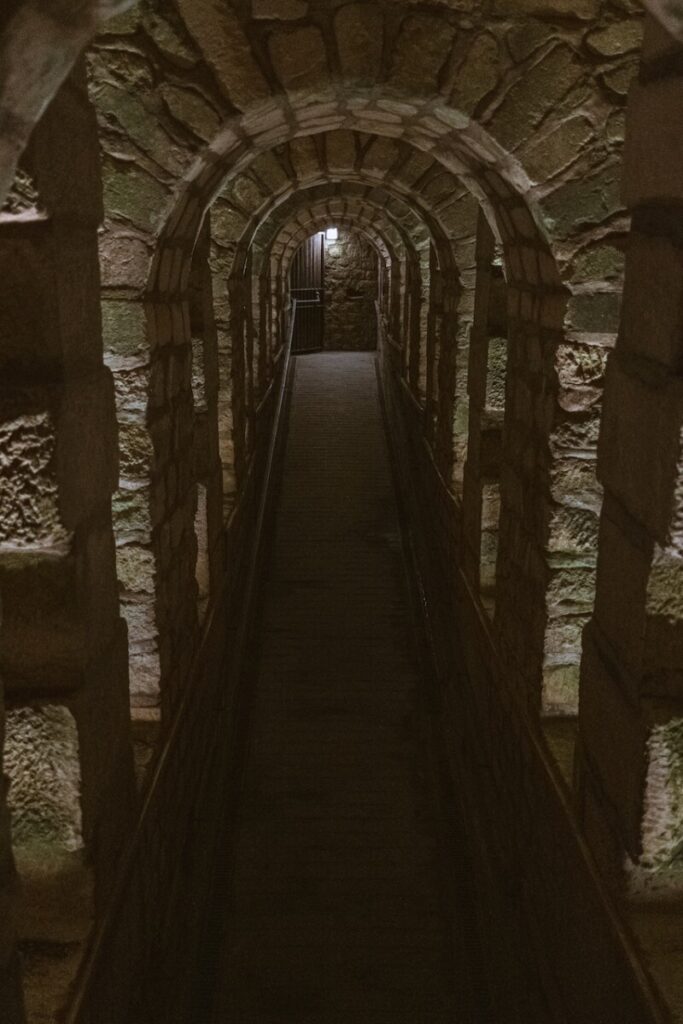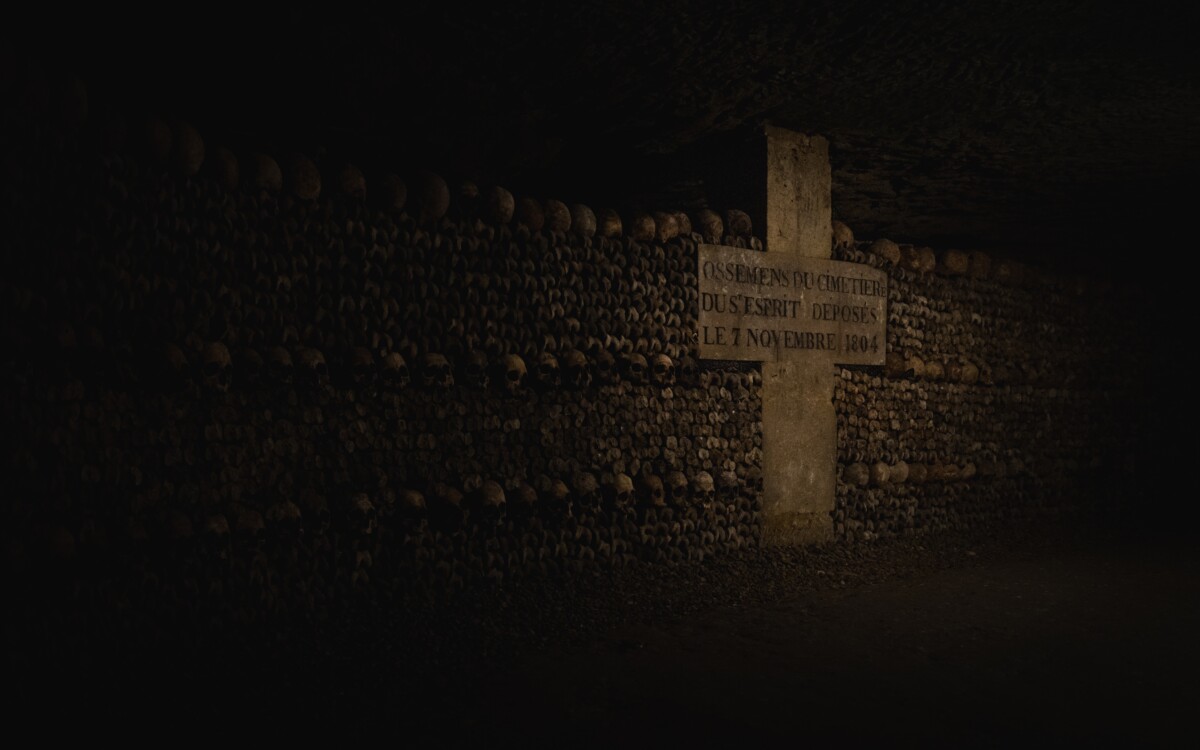Paris, the enchanting “City of Lights,” has long been a beacon for travelers worldwide. The city offers magnetic charm, celebrated monuments, and design artistry. But beyond the allure of its surface, the city hides an even deeper magic.
Below the well-trodden paths of Montmartre, the grandeur of the Louvre and the banks of the Seine, lies a vast subterranean world filled with secrets and stories from epochs past. This hidden realm beneath Paris serves as a portal to bygone eras. It offers a rare and captivating perspective of the iconic city.
The Parisian Underworld
The Parisian underworld is an expansive tapestry of chambers, tunnels, and passageways. It is a confluence of both natural geological formations and man-made structures. It encompasses everything from age-old limestone quarries, used for building the city’s historic edifices, to clandestine bunkers and the haunting catacombs that have gained worldwide fame.
The Origin of the Tunnels
The vast subterranean realm owes its existence to the limestone quarries located on the peripheries of early Paris. As the city started its exponential growth during medieval times, the demand for limestone — a primary construction material — grew exponentially. The intensive quarrying led to the creation of an intricate maze beneath the thriving city. As the city expanded, so did the tunnels, creating a parallel world below.
The Paris Catacombs
By the late 18th century, Paris was grappling with a pressing issue. With cemeteries brimming beyond capacity, the city’s health was under threat. The decision was made to repurpose the now-abandoned quarries as ossuaries. The catacombs thus came into existence. Housing the remains of an estimated six million souls, the catacombs stand today as a somber reflection of the city’s history. Rows upon rows of bones and skulls serve as a poignant reminder of the fleeting nature of life.

Secrets of the Paris Underground
But the catacombs are just the tip of the iceberg.
- Wartime Bunkers: The city’s underground took on a strategic role during World War II. The resistance fighters, opposing Nazi occupation, used these concealed spaces as hiding spots and operation bases. Even today, the bunkers stand as silent witnesses to the undying spirit of Paris during one of its darkest hours.
- Subterranean Reservoirs: Serving a practical purpose, an intricate system of reservoirs and aqueducts crisscrosses beneath the city. This ensures that Parisians have a continuous supply of potable water, an engineering feat that dates back centuries.
- Underground Farming: In a blend of tradition and innovation, some sections of these subterranean spaces are now used for agricultural purposes. The consistent environment is ideal for growing certain crops, notably mushrooms, which thrive in the cool, damp conditions.
Safety Measures and Modern Exploration for Underground Paris
The allure of the Parisian underground draws many, but it is not without dangers. Recognizing the potential risks, from cave-ins to getting lost in the labyrinth, the city has instituted rigorous safety protocols. There are routine inspections, and many sections are off-limits unless accompanied by a guide. The primary goal is to ensure the safety of the curious explorer while preserving the sanctity and integrity of these historical sites.
The subterranean world beneath Paris is more than just a relic. It’s a testament to the city’s dynamic character. Every tunnel, every chamber narrates a story — from the days when miners chiseled out limestone to the periods of war and revolution. In many ways, this underground realm chronicles the city’s evolution, resilience, and its eternal spirit of reinvention.
While the streets of Paris resonate with the laughter of café-goers, the melodies of street musicians, and the aroma of freshly baked croissants, there’s a deeper, silent story unfolding beneath. This story, etched in limestone and preserved in the chambers of the catacombs, tells of perseverance, creativity, and undying hope.
